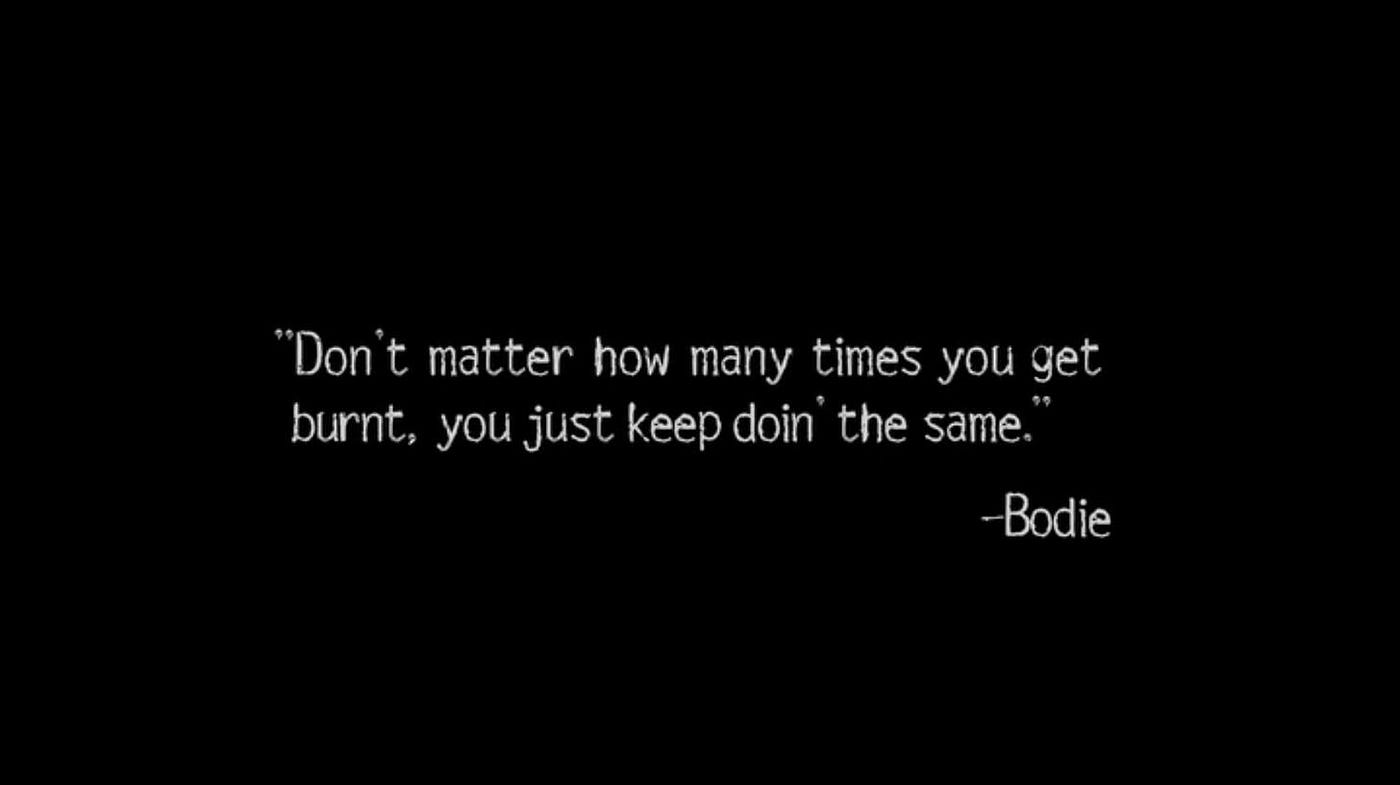On Friday, the UofM consumer sentiment index came in below expectations, but showed increases in the year ahead and five year ahead inflation expectations.
- Williamson is a known 'Fisherian' or an adherent of 'Neo-Fisherism'. What's that?
- It's based on the Fisher Effect, coined for Irving Fisher, and the basic equation that a Nominal Rate = Real Rate + Inflation
- If you turn this equation on its head, you can posit that a high nominal interest rate will cause inflation to actually rise over time (in other words the causation runs counter to what you tend to think), why?
- Because economist believe that nominal interest rates are 'long-run' neutral and do not change the real rate
- Back to Williamson's blog, he argues:
- PCE inflation is essentially at target and inflation expectations measured by break-evens are well anchored at target
- "So, the state of the U.S. economy, by these measures, appears to be as close to perfect as the FOMC might want, given its dual mandate, including its 2% PCE inflation target. Then, given that the median FOMC member still thinks the long-run nominal interest rate should be about 2.5%, if I had been asleep for 20 years, just woke up, looked only at these charts, and knew the 2.5% long-run estimate, I would wonder why the overnight rate was not 2.5% instead of 5.3%."
- "My best guess, though, is that the FOMC isn’t so worried about the actual inflation numbers as the state of the real economy. That is, the idea that the inflation rate is controlled by controlling the unemployment rate persists at the Fed, as it does at most central banks in the world, despite plentiful evidence to the contrary....Inflation came down with essentially no upward movement in the unemployment rate. The Phillips curve narrative persists, as it somehow allows monetary policy committees to achieve consensus, and it’s easy to explain to the public - however wrong it may be. Unfortunately, if central bank officials speak Phillips curve language for long enough, they start to believe it, which produces bad monetary policy."
- He posits that if the Fed truly believes the long-run real interest rate is 0.5% then maintaining this level of nominal rates will set the Fed up for above target inflation.
- " That is, if the policy rate stayed at 5.3% forever, and the long-run real interest rate is 2%, then we would expect inflation to come in at 3.3%, which is better than 4.8% under the FOMC consensus."
- "The bad news is that the FOMC, along with other central bankers in the world, may be setting itself up for persistent overshooting, just as central banks tended to undershoot their inflation targets from 2010 to 2020. That’s all part of the same phenomenon, which is not recognizing long-run Fisher effects - and this may set in sooner than people seem to think. Basically, consistent with all mainstream macroeconomic theory, a persistent increase in the central bank’s nominal interest rate target produces a long-run increase in inflation, not a decrease. What allows a central bank to hit its inflation target is a widely-held belief that the central bank will always revert to a nominal interest rate target consistent with its inflation target and Irving Fisher. If that widely-held belief falters, the game’s up."
- "Interest rates can change for multiple reasons, and the effects of the rate change will depend on the underlying factors that caused them to change."
- He goes onto discuss the 'frustrations' with current economic models and excuses such as "long and variable lags".
- "If interest rates rise because of tight money, then aggregate demand may decline. If interest rates rise because of fiscal deficits or booming immigration or strong “animal spirits”, then aggregate demand may rise. It depends."
- "Doesn’t the Fed determine interest rates? Well, it has a target, which it moves up and down in response to what it perceives as changes in the equilibrium interest rate. But is it leading the market, or following?"
- "All I can say is that the proof is in the pudding—apparently we are still not able to model that “natural” rate with any degree of accuracy. As a result, we end up reasoning from a price change.
- "Monetary policy is not interest rates, it is the market forecast of future NGDP."
- Cochrane starts off with some basics around how relative price changes are not inflation and that by jawboning about inflation has been tried and failed.
- He goes on to complain about the administration's lamentation that there isn't much they can do about it:
- "Nothing one can do? We have, now admittedly, a deficit fueled inflation. One could start by not pouring more gas on the fire. Such as cancelling billions of student loan debt, never mind the Supreme Court and the quaint idea that Congress votes spending. The CBO reports “The deficit totals $1.6 trillion in fiscal year 2024, grows to $1.8 trillion in 2025, …” with a 3.8% unemployment rate. Even in the simpleminded Keynesian economics that dominates left-of center Washington, there is no excuse for such stimulus."
- "There’s nothing we can do except the one thing that we all know would work. So we’ll rearrange the teacups on the side tables of the deck chairs of the Titanic instead. Which means nothing we want to do."
- "The quote here reflects the standard Keynesian view, deficit = aggregate demand = inflation with a lag. But we’re pretty clearly now in the situation that expected systemic deficits are the problem. Germany stopped a hyperinflation in a month. A credible announcement of spending, tax, and growth reforms that put the budget on a sustainable track would do the job. Scaling back the IRA, Chips, student debt river in recognition of inflation would help a lot more than complaining about how many potato chips are in a bag. Even just saying we recognize that’s needed would help."
- He concludes his piece with a complaint that politicians care too much about what 'resonates with voters' rather than taking the action they could take to lower inflation.

